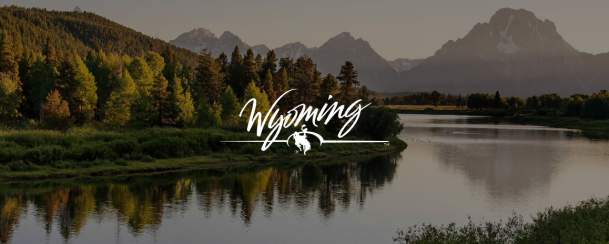Yellowstone National Park holds one of the nation’s richest collections of natural wonders. With its geothermal features, abundant animals and more than 2 million acres of sprawling wilderness, Yellowstone is one of North America’s greatest assets. Here’s our guide to 10 of the park’s most iconic spots.
1. Grand Canyon of the Yellowstone
This awesome canyon carved by the Yellowstone River is 20 miles long and up to 1,200 feet deep. Its most famous and widely photographed feature is Lower Falls, where the river tumbles 308 feet — twice the height of Niagara Falls — before striking the canyon floor with such force that it sends foam and mist hundreds of feet upward, dampening the rocks so constantly that bright green moss grows high above the water. As the water races on and finally stops foaming, it looks green but, in reality, it is totally clear, and the river's color is from algae and moss.
2. Lower Geyser Basin
This area on the west side of the lower loop road is the largest geyser basin in the park. An array of geothermal features — including mud pots, geysers, hot springs and fumaroles — are found in clusters throughout the Lower Geyser Basin. The most well-known features are the White Dome and Great Fountain geysers (the latter is predictable) and the Fountain Paint Pots, whose bubbling, colorful mud has long fascinated visitors.
3. Mammoth Hot Springs
Heat, water, minerals and limestone combine to create the famous terraces of Mammoth Hot Springs, where variously colored travertine (a form of calcium carbonate) has been dissolved from the limestone beneath the ground and carried to the surface by rising springs of hot water. Although some springs and terraces die, the total flow of water at this point inside Yellowstone is surprisingly constant, as new flows spring to the surface. Minerva Terrace is one of the most striking elements here, with its uncanny likeness of an ornately carved staircase.

4. Mud Volcano
You’ll probably smell the Mud Volcano area of Yellowstone before you see it — the noxious odor is caused by sulfur, which also claims responsibility for the hissing and gurgling of the mud. Sulfuric acid in the pots eats away at the surrounding landscape, which gives the area an eerie, though truly captivating, other-worldly atmosphere.
5. Hayden Valley
The valley, between Canyon and Lake, is one of the park's best places to observe wildlife. Out on the sagebrush flats and open meadows are good places for elk and deer, and moose will often be along the river. Buffalo graze the hillsides, although the large herds retreat to higher meadows for the summer. This is notorious grizzly country. Although the big bears are not sociable and are seldom seen, it is not advisable to hike here. The Yellowstone River spreads throughout the valley to form marshes that are frequented by waterfowl, including rare trumpeter swans.
6. Yellowstone Lake
The largest alpine lake in North America beckons anglers, boaters and others drawn to its vast, scenic beauty. Visitors can rent different types of boats at Bridge Bay Marina and watch cutthroat trout swim near Fishing Bridge. The historic Lake Yellowstone Hotel provides wonderful views of the lake and makes a great base for exploring the area, which includes the West Thumb Geyser Basin and its geysers, fumaroles and hot springs.
7. Norris Geyser Basin
Wooden boardwalks in Norris Geyser Basin allow visitors to get up-close views of the geothermal features here, which are among Yellowstone’s most extraordinary. It’s the hottest geyser basin in the park, and the acidic water lends colorful hues to many of the hot springs and mud pots. Norris also contains the largest geyser in the world, Steamboat Geyser, which, although unpredictable, can shoot 300 feet into the sky.
8. Tower Fall
This dramatic 132-foot waterfall is one of the most popular year-round sights in Yellowstone. A walking path behind the Tower Fall General Store leads visitors to a scenic overlook above the falls, which are named for the nearby towering rock formations. A short but steep hiking trail winds its way down to the bottom for a different though equally striking vantage point.
9. Upper Geyser Basin
This well-traveled area is home to the park’s highest concentration of geothermal features, including the iconic geyser, Old Faithful. If you want to see a geyser erupt, this is the place to be — the park is able to predict the eruptions of five large geysers in the Upper Geyser Basin. Other features with names such as Chromatic Spring, Morning Glory Pool and Beauty Pool hint at the dazzling natural bounty of the landscape.
10. Lamar Valley
In the northeast corner of the park, this valley is famous for its abundance of wildlife. Elk, moose, wolves, moose, bison, bears and more frequent the area. Early morning and dusk are the best times to spot them, but be sure to observe guidelines for safe wildlife watching. Anglers enjoy the Lamar River’s healthy population of cutthroat and rainbow trout, and hikers flock to Specimen Ridge, an 8.5-mile ridge that is the eroded remnant of an ancient lava ash deposit where some of Yellowstone's most famous petrified forests — buried alive by the lava ash —still stand petrified in the same location where they grew.


